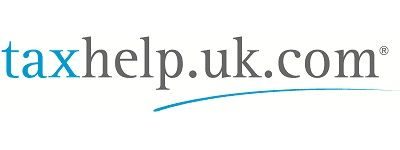This week should see the first payments from the Self Employed Income Support Scheme (SEISS) being made to claimant’s bank accounts.
However, it is important to remember that this grant is classed as taxable income and will need to be accounted for.
How much to set aside for SEISS tax?
Assuming that you are a basic rate taxpayer, there are two amounts that you may be liable for:
1) Income Tax – charged at 20% on your profit.
2) National Insurance – charged at 9% on your profit.
Therefore you may need to set aside 29% of any grant, to pay the resulting tax liability on it.
When is the tax payable?
We are currently in the 2020/21 tax year, which ends on 5th April 2021.
The grant covers two different tax years (being a payment for March, April and May.)
It is expected that the grant will be taxable in the year of receipt and the draft legislation issued on 29th May 2020 supports this.
Assuming it falls fully within the 2020/21 tax year, then any tax due on current income will therefore be payable to HMRC by 31st January 2022. This gives some time, in case of temporary cash flow issues.
Remember that you can also defer the 31st July 2020 Payment on Account
Should you be experiencing cash flow issues, then HMRC have said that the next payment on account can be deferred to 31st January 2021.
However, you should be aware that the 31st January 2021 payment may be a large one as it could comprise the deferred July 2020 second payment on account, the 2020 balancing payment and also the January 2021 first payment on account.
It is therefore important to complete your 2020 tax return, covering the year to 5th April 2020, as soon as possible so that you can plan for upcoming payments.
